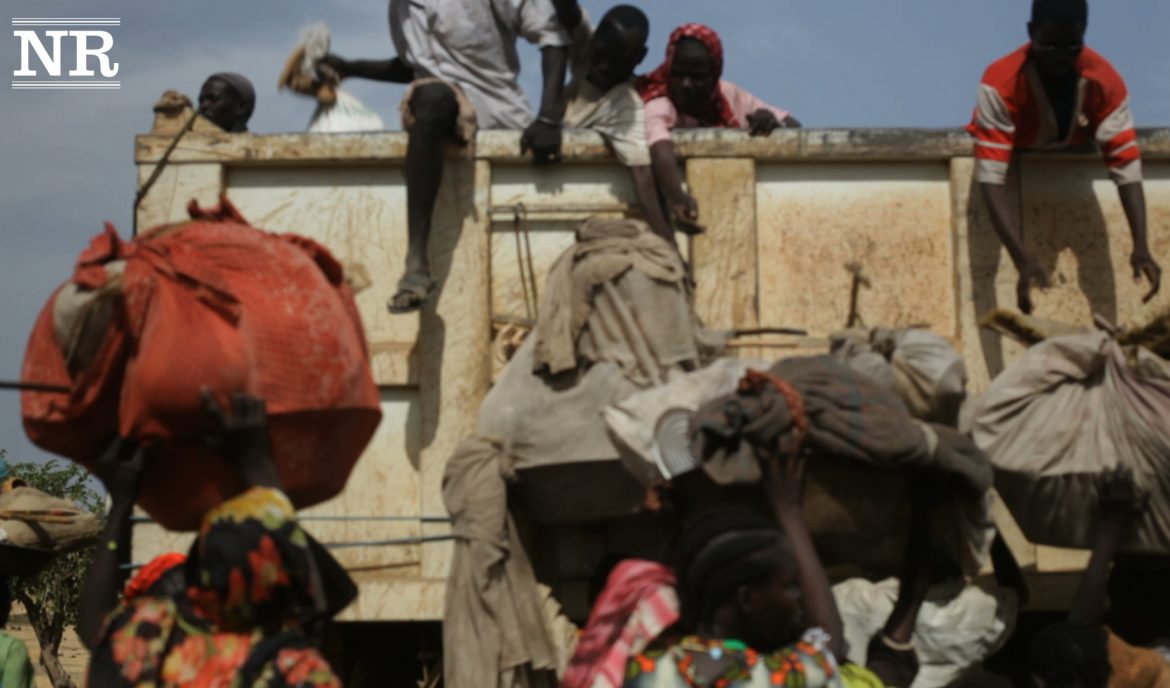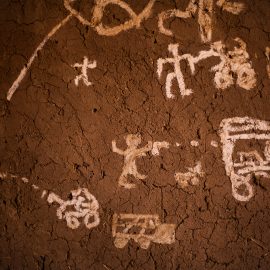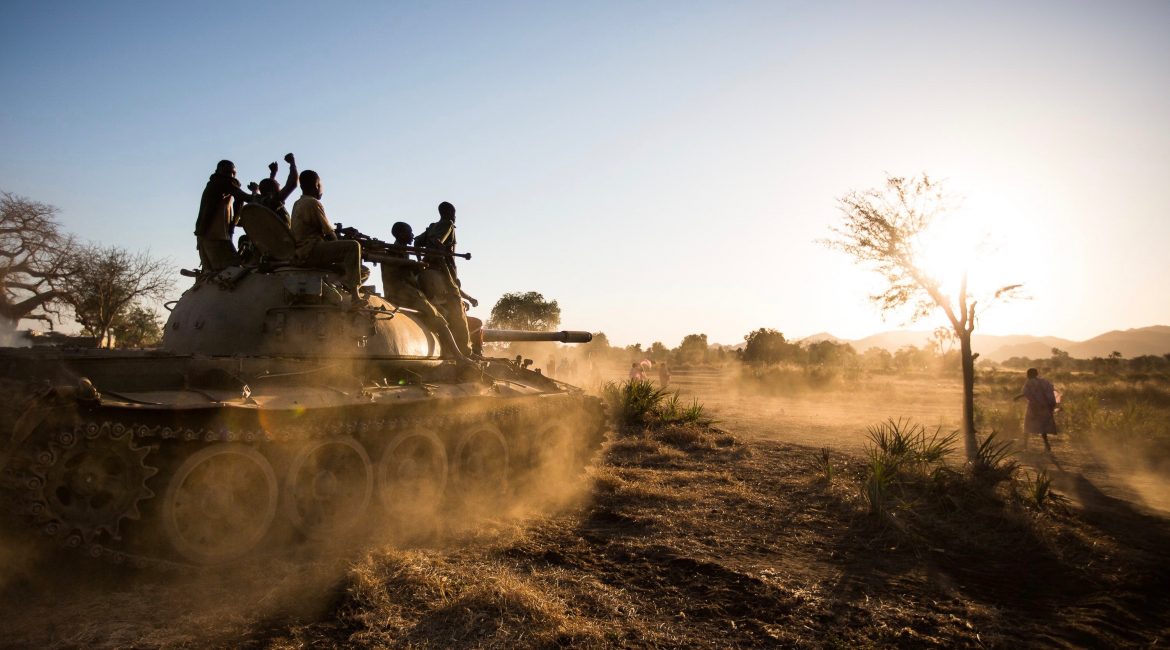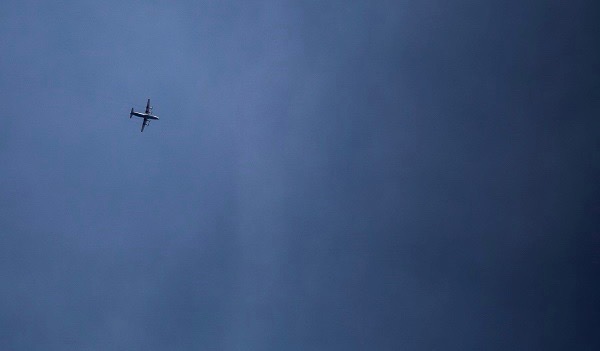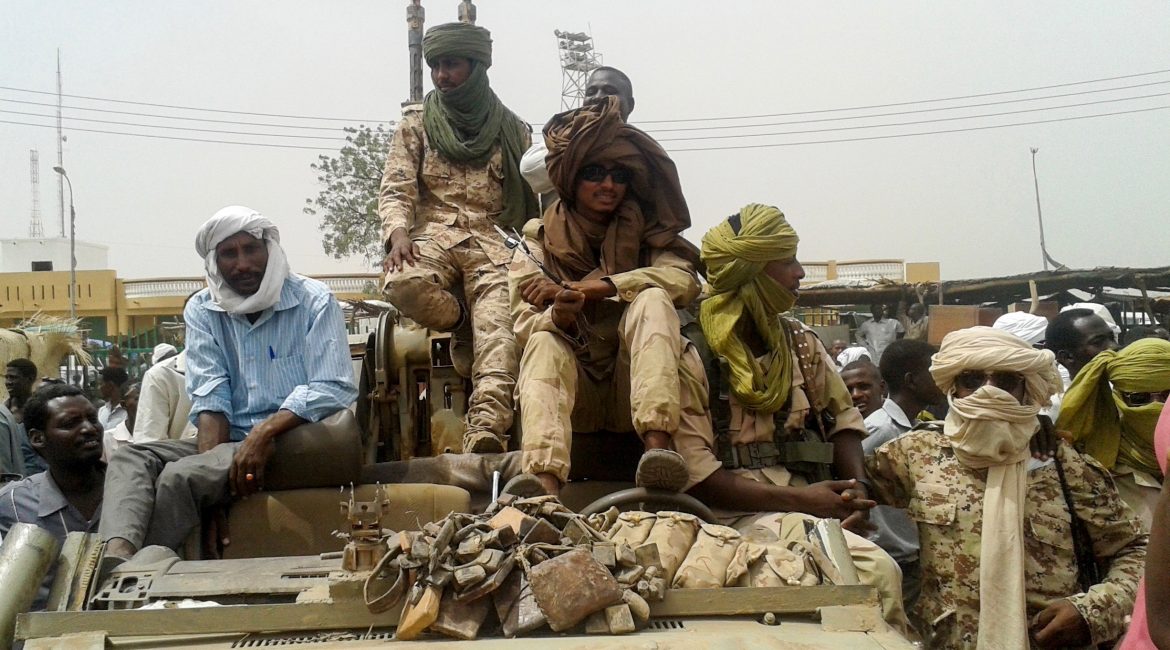Since vicious fighting broke out in South Sudan in December of 2013, over 85,000 refugees have fled to Sudan.
Most are in government controlled areas in White Nile state, but more than 13,000 have taken shelter in South Kordofan, where war has raged between the government and the rebel forces for the last three years.
The status of the 85,000 is unclear, causing confusion among humanitarian organizations about what services they may provide to those in open areas. The South Sudanese meet the criteria of refugee status under international law, and UNHCR and the humanitarian community regard them as such.
But the Government of Sudan has declared that the South Sudanese who have entered Sudan are to be treated as “brothers and sisters” and considered Sudanese citizens. This status allows the South Sudanese freedom of movement in the territory, but disqualifies them from formal refugee status. In an email to Nuba Reports, a representative from UNHCR wrote, “We encourage the Sudanese authorities to formalize the stay of South Sudanese in the country through the enactment of legislation that would clarify their status and [the] rights they are to enjoy while in exile in Sudan.”
Approximately 50,000 of the refugees are receiving aid including food, shelter and healthcare. 40,000 are in relocation sites in White Nile state, and another 13,000 are in South Kordofan. 30,000 of those in White Nile are in the process of being relocated before the rainy season comes. The UNHCR is mobilizing this relocation in coordination with the Sudanese government. Twenty four thousand are in Khartoum. It is presumed that they have united with family or community members and do not have the same critical needs.
Charles Kay is a South Sudanese teacher who came to Khartoum after fleeing to Jabalein in White Nile State. He said no humanitarian organizations had been able to provide any assistance to the thousands of hungry, adding that the Mayor of Jabalein visited their camp and was unable to provide even a full day’s worth of food.
Those in rebel controlled areas of South Kordofan are unable to access aid. The majority of the South Sudanese in South Kordofan are in government controlled territory but could be forced to flee again. Many have settled around Talodi, a government-controlled city surrounded by rebel forces. The rebels have often expressed their desire to capture Talodi, and the city is sometimes a target of shelling. In the past three years, around 70,000 civilians have fled the battles and bombings that have engulfed the state.
An additional estimated 350,000 South Sudanese have fled to Sudan following the secession in 2011. They are not considered refugees. Instead, they live in an unclear legal status, as they have lost their Sudanese nationality.

